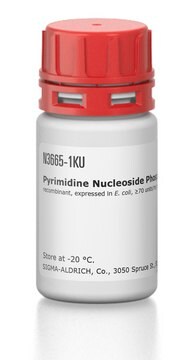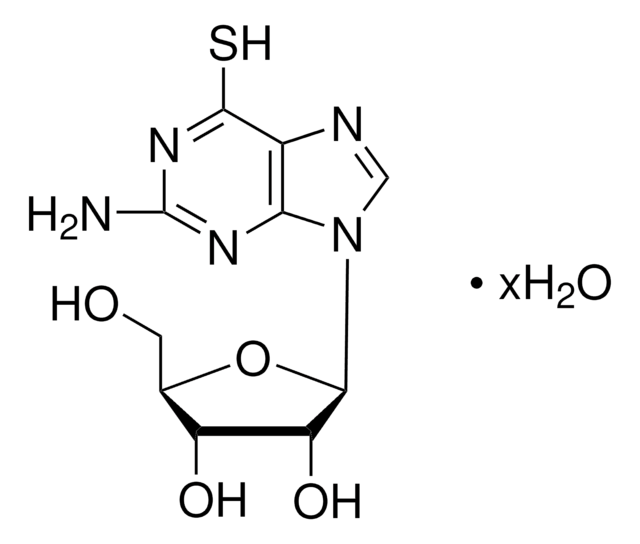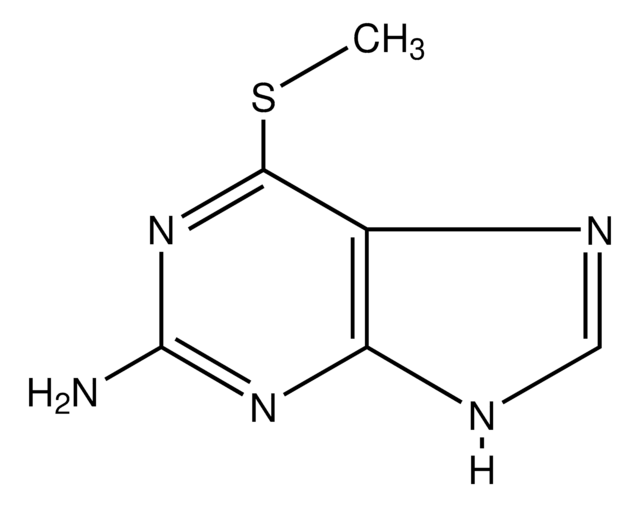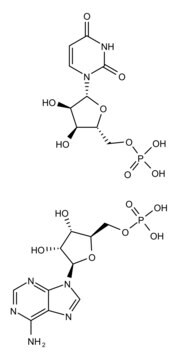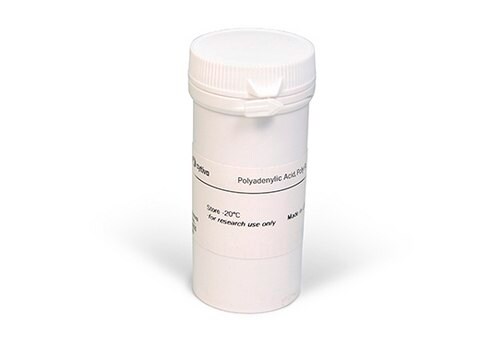N9914
Polynucleotide phosphorylase from Synechocystis sp.
recombinant, expressed in E. coli
Sinônimo(s):
PNPase, Polyribonucleotide Nucleotidyltransferase
About This Item
Produtos recomendados
fonte biológica
bacterial (Synechocystis sp.)
Nível de qualidade
recombinante
expressed in E. coli
descrição
Histidine tagged
Ensaio
90% (SDS-PAGE)
forma
solution
atividade específica
≥500 units/mg protein
peso molecular
85 kDa
técnica(s)
cell based assay: suitable
adequação
suitable for molecular biology
aplicação(ões)
cell analysis
Condições de expedição
dry ice
temperatura de armazenamento
−70°C
Procurando produtos similares? Visita Guia de comparação de produtos
Descrição geral
Aplicação
Ações bioquímicas/fisiológicas
Definição da unidade
Código de classe de armazenamento
12 - Non Combustible Liquids
Classe de risco de água (WGK)
WGK 1
Ponto de fulgor (°F)
Not applicable
Ponto de fulgor (°C)
Not applicable
Certificados de análise (COA)
Busque Certificados de análise (COA) digitando o Número do Lote do produto. Os números de lote e remessa podem ser encontrados no rótulo de um produto após a palavra “Lot” ou “Batch”.
Já possui este produto?
Encontre a documentação dos produtos que você adquiriu recentemente na biblioteca de documentos.
Os clientes também visualizaram
Nossa equipe de cientistas tem experiência em todas as áreas de pesquisa, incluindo Life Sciences, ciência de materiais, síntese química, cromatografia, química analítica e muitas outras.
Entre em contato com a assistência técnica

